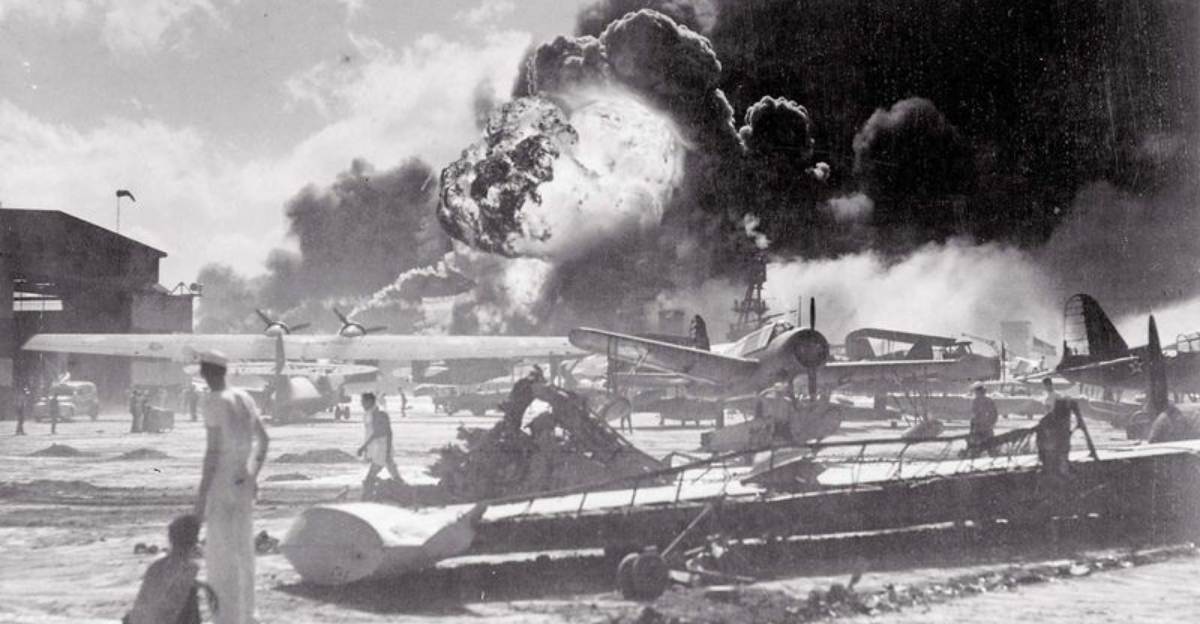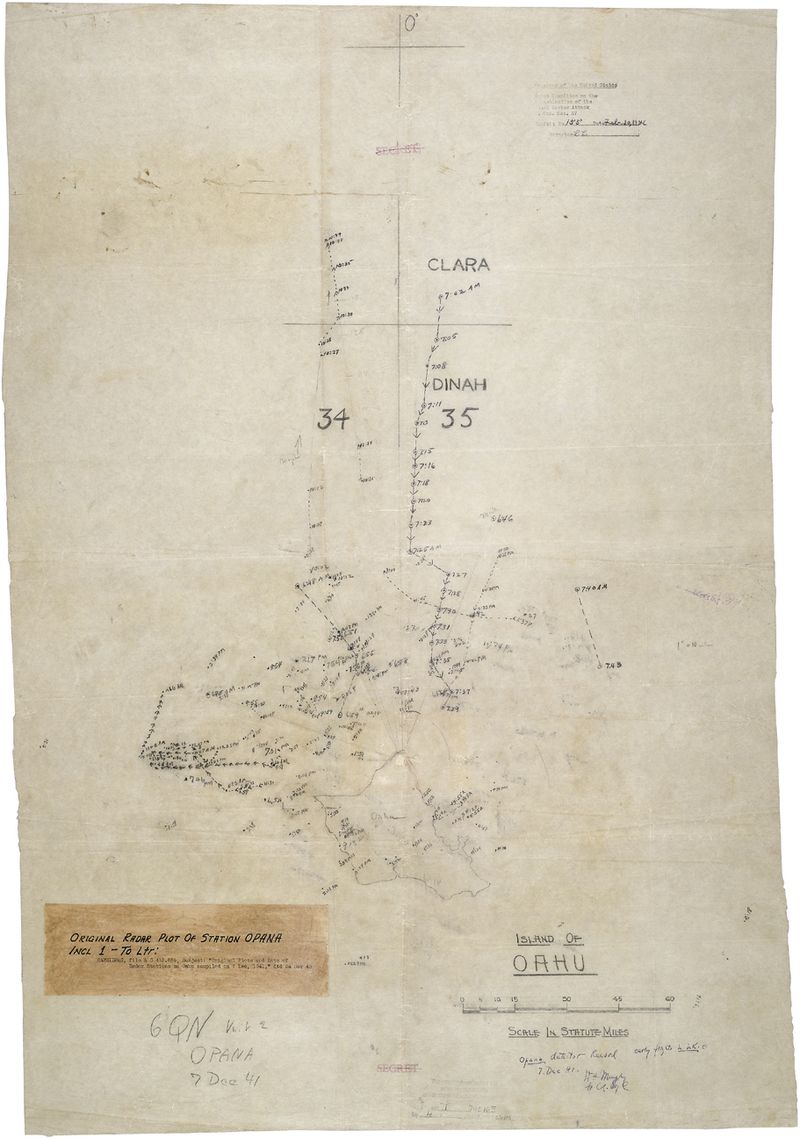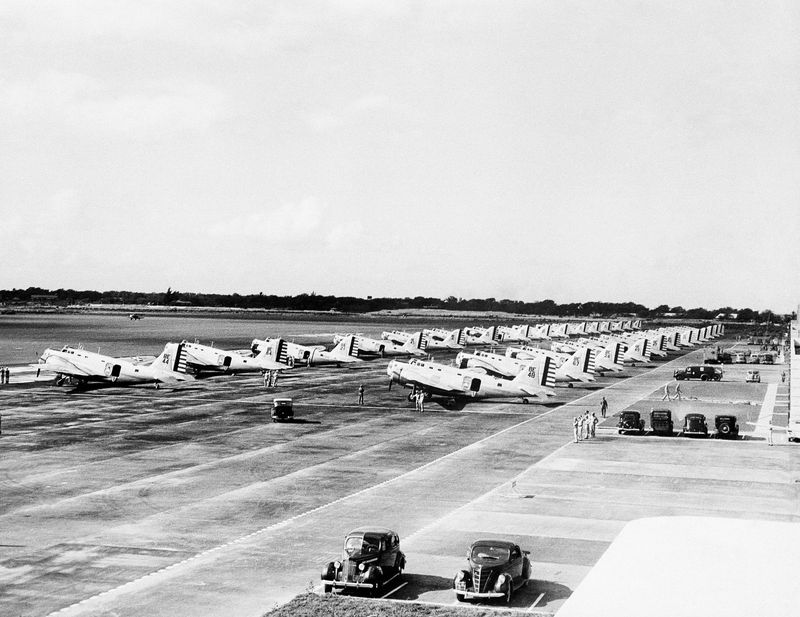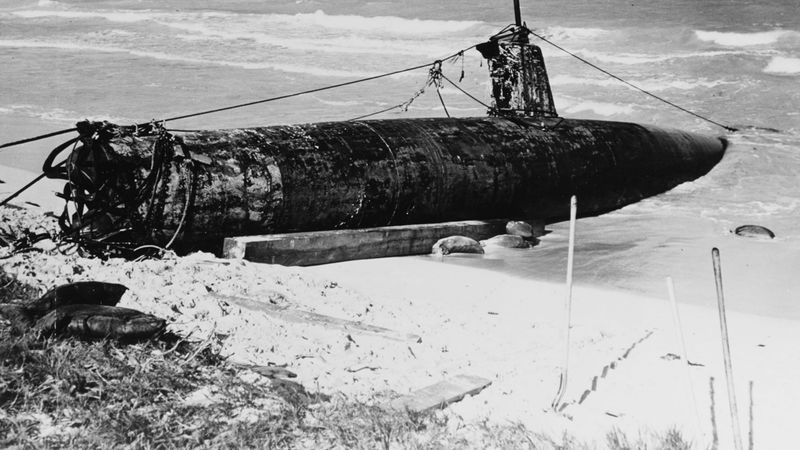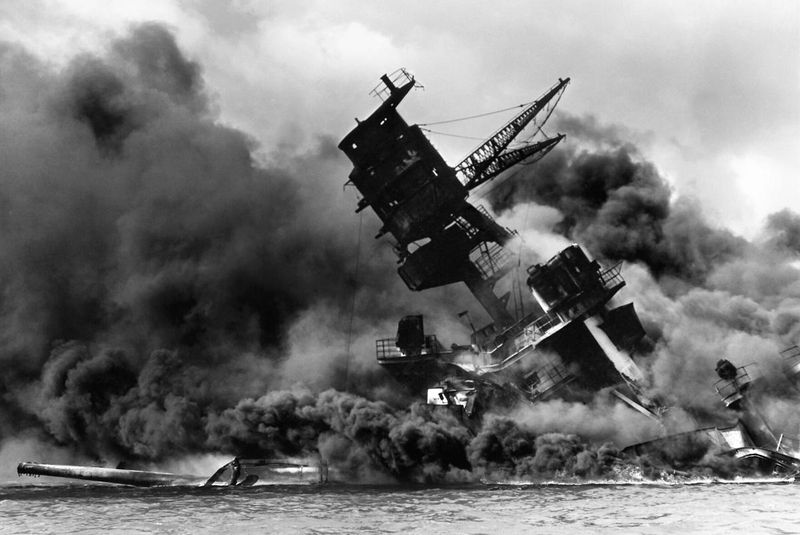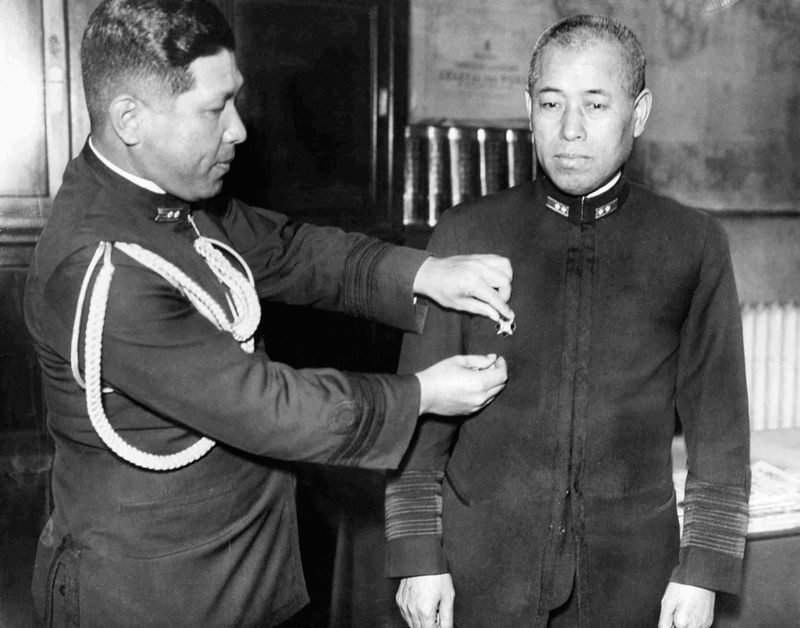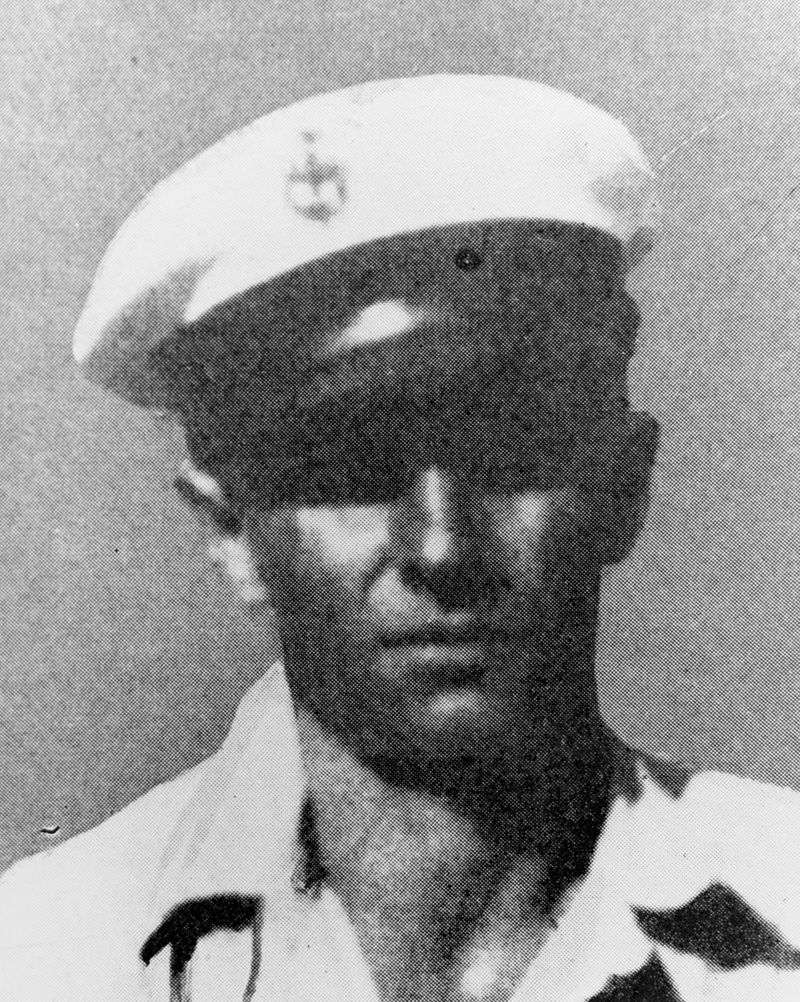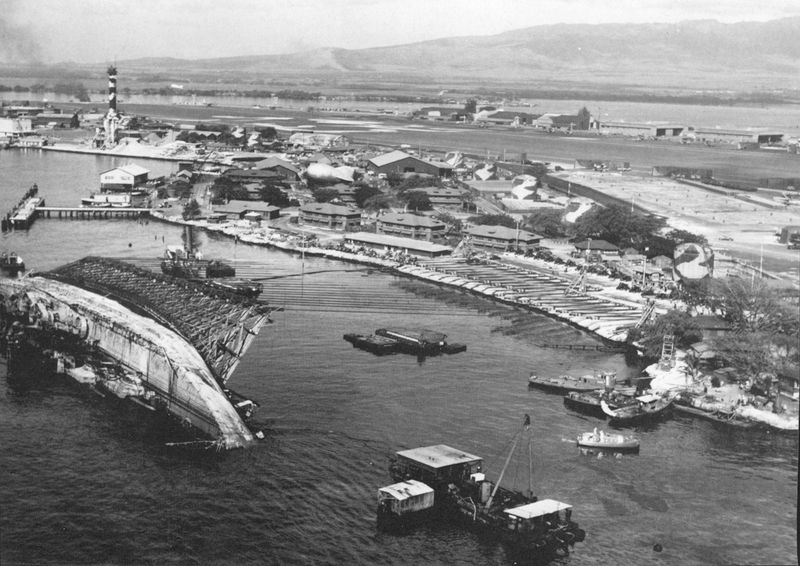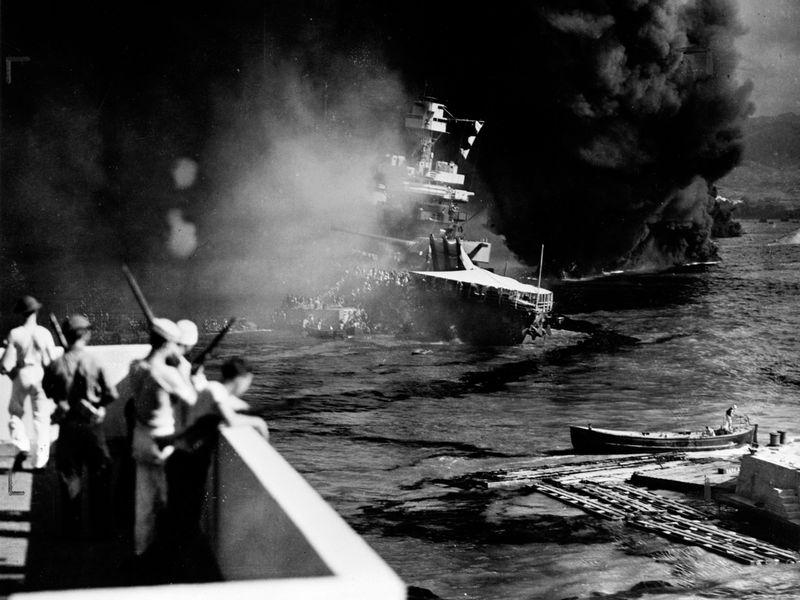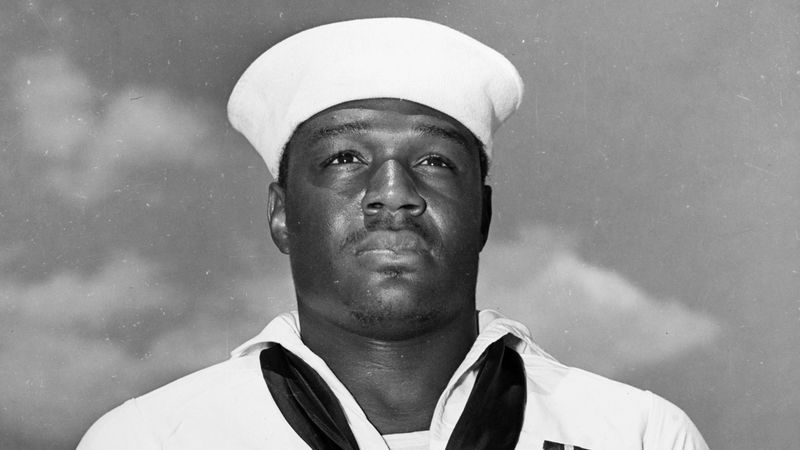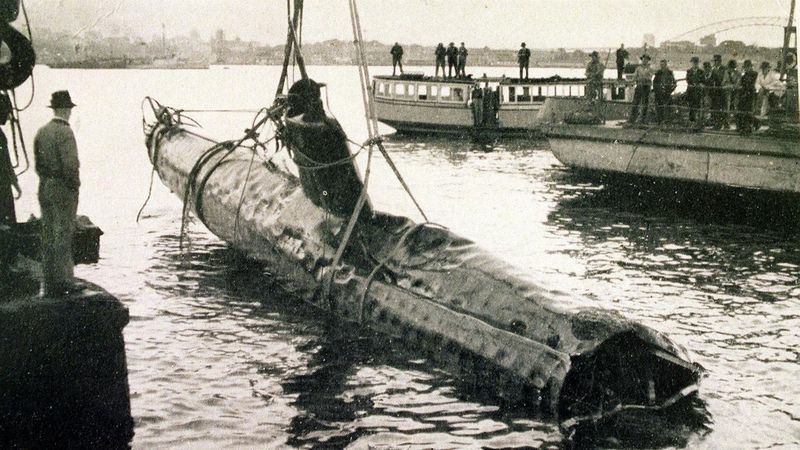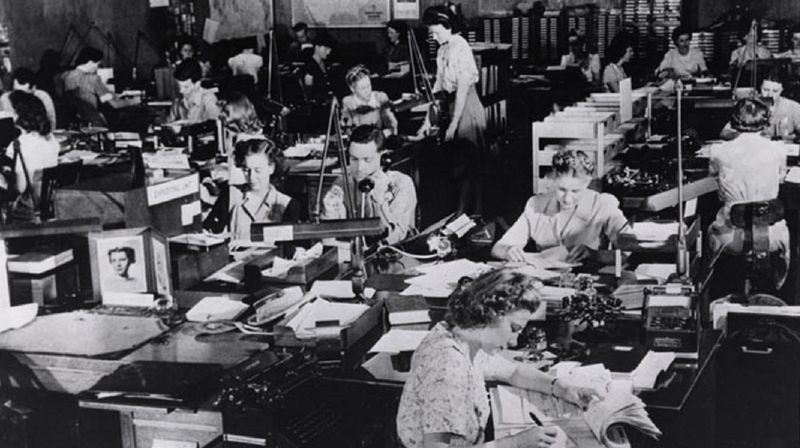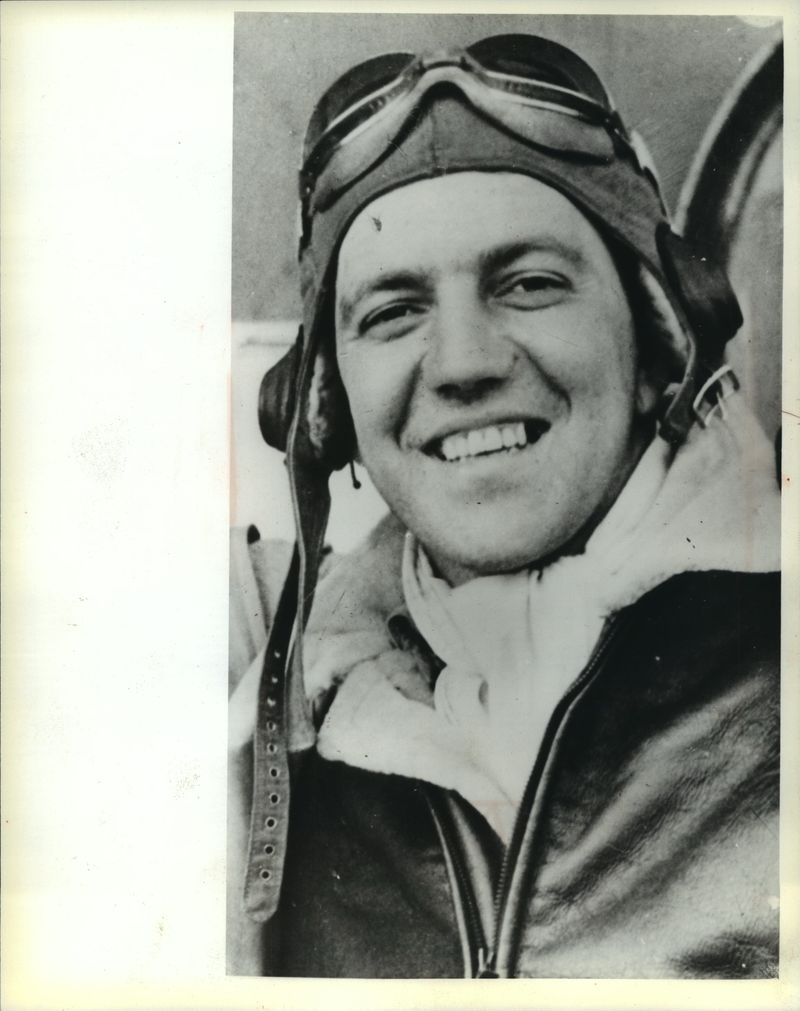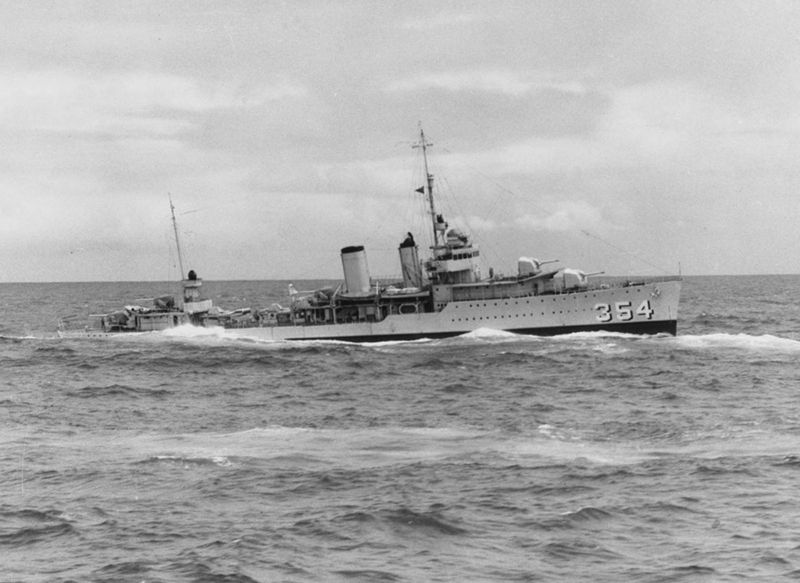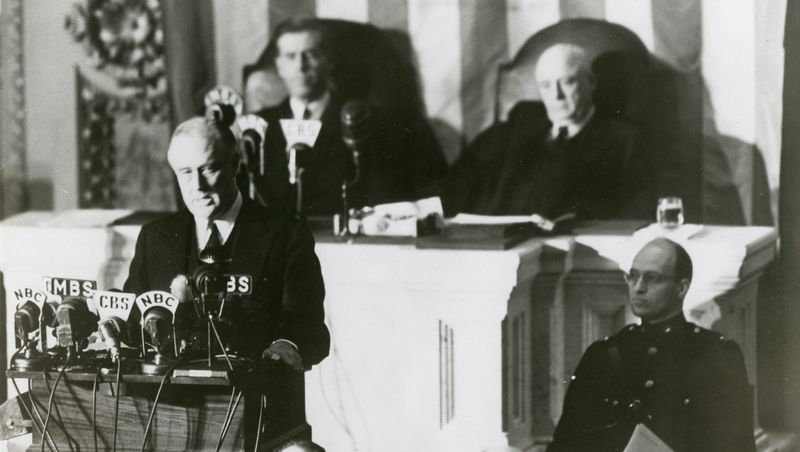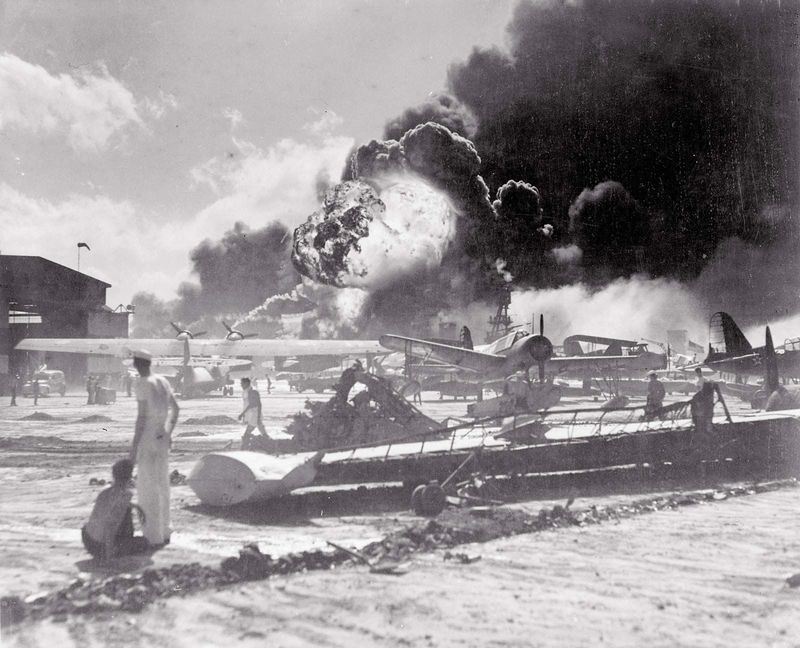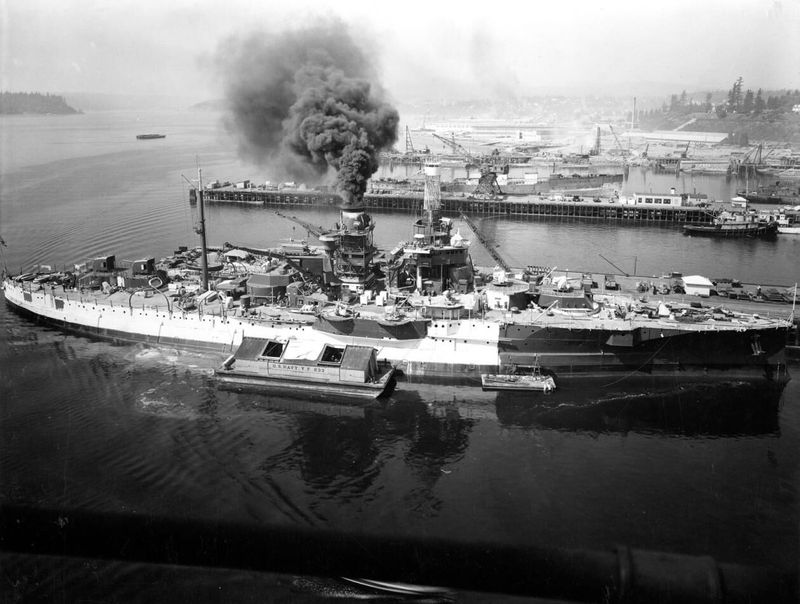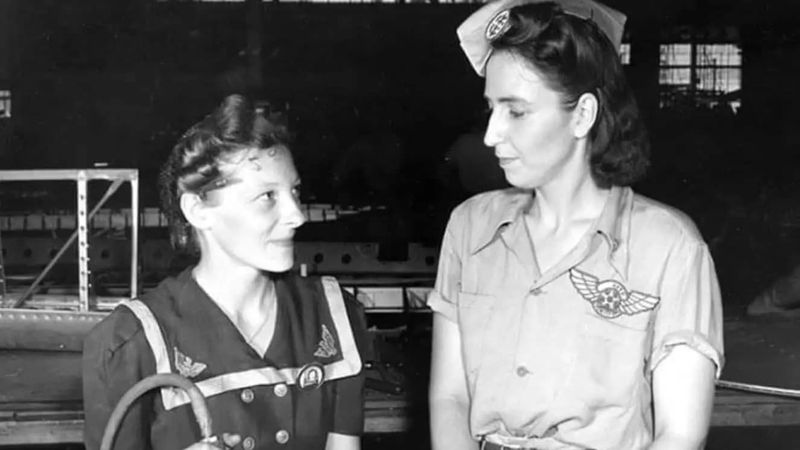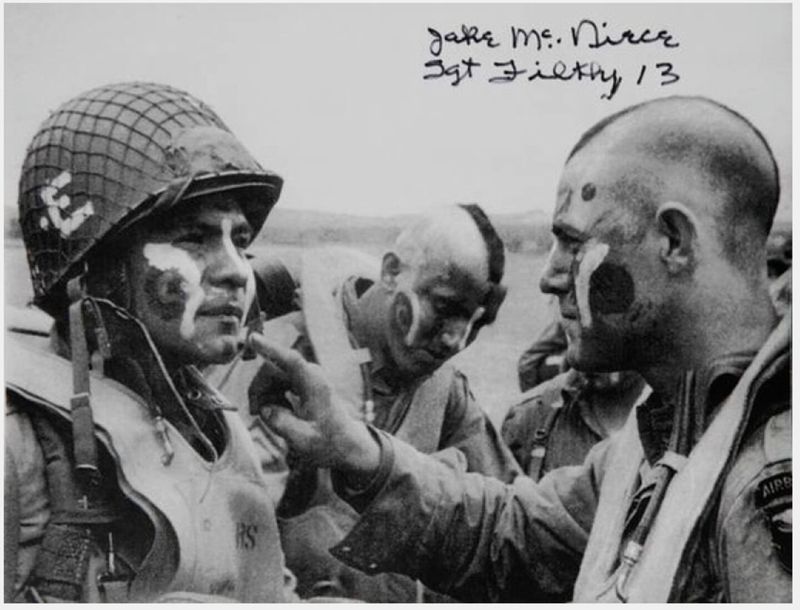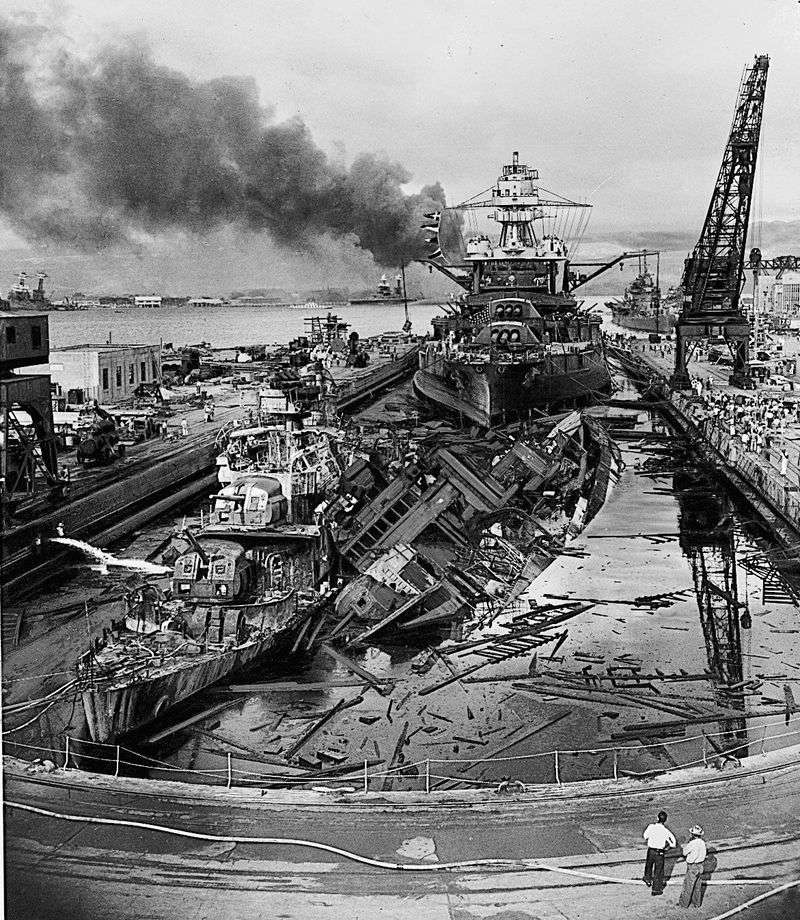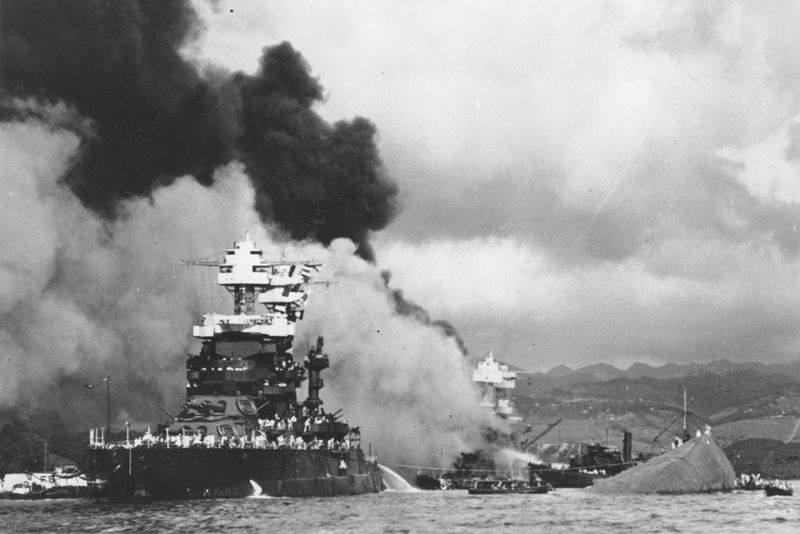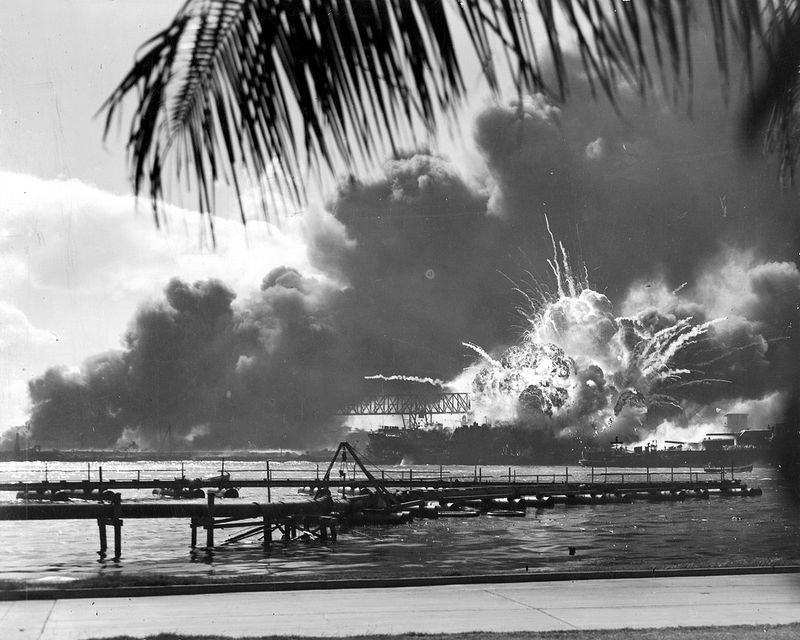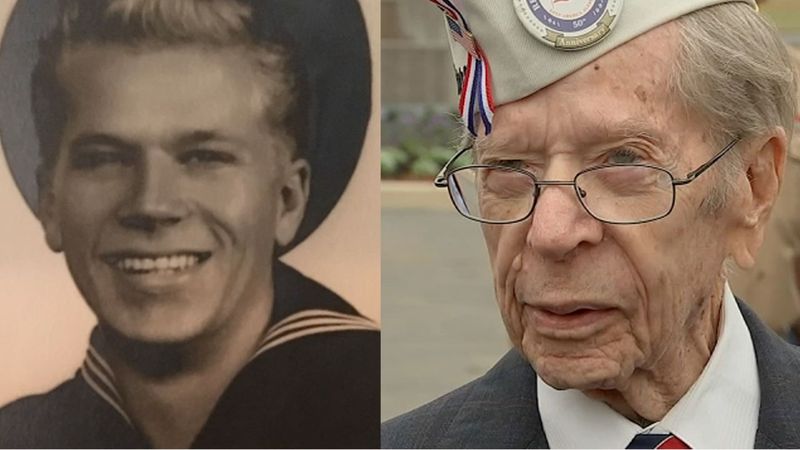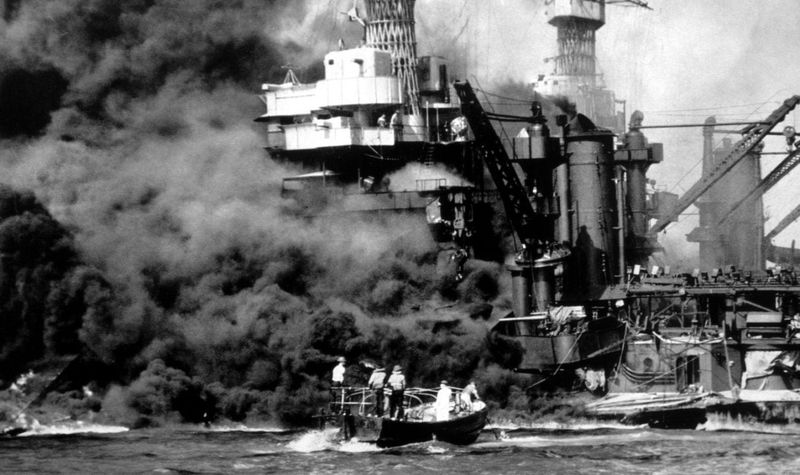The attack on Pearl Harbor on December 7, 1941, is a pivotal moment in history that changed the course of World War II. While many know the broad strokes of this event, there are numerous lesser-known details that are both fascinating and surprising.
This blog post explores 23 intriguing facts about Pearl Harbor, revealing insights into the complexities surrounding the attack and its lasting impact on the world.
From unexpected connections to intriguing personal stories, these facts paint a vivid picture of this historic day.
1. Unusual Warning on the Radar
Early on the morning of December 7, 1941, radar operators on the island of Oahu detected a large formation of aircraft approaching. This unusual warning was initially misinterpreted as a group of American B-17 bombers.
The operators had only recently been trained on the new technology. Consequently, their report was downplayed by a superior who believed it to be a false alarm. This misjudgment contributed to the surprise factor of the Japanese attack.
Despite the advanced warning, the lack of preparedness led to the devastating consequences that followed later that morning.
2. The Unusual Sunday Routine
Sundays were typically a day of rest for the servicemen stationed at Pearl Harbor. Many were enjoying a leisurely morning routine, unaware of the impending attack.
The surprise attack caught many off guard as they were attending church services or enjoying breakfast. This unusual Sunday routine contributed to the chaos and confusion that ensued.
The serene atmosphere of the base was abruptly shattered by the sounds of explosions and gunfire. The element of surprise on this typical day of rest added to the shock and devastation experienced by those present.
3. Japanese Mini-Submarines
In addition to the aerial attack, the Japanese employed five mini-submarines in the assault on Pearl Harbor. These submarines were tasked with infiltrating the harbor to launch torpedoes at American ships.
Four out of the five submarines were lost during the attack, with one being captured intact. The use of these mini-submarines was a lesser-known aspect of the overall strategy.
Their mission was to add an extra layer of surprise and attack from below the surface. The deployment of these vessels demonstrated the multifaceted approach of the Japanese forces.
4. The Fate of USS Arizona
The USS Arizona suffered a catastrophic explosion when a bomb detonated in its forward ammunition magazine. The explosion resulted in the ship sinking in just nine minutes.
Tragically, 1,177 crew members lost their lives in the attack. Today, the USS Arizona Memorial stands above the sunken battleship, serving as a solemn reminder of the lives lost.
The fate of the USS Arizona remains one of the most well-known and poignant symbols of the attack on Pearl Harbor. Its destruction highlighted the devastating impact of the assault on the American fleet.
5. Unexpected Visitor: The Japanese Admiral’s Pearl Harbor Tour
Admiral Isoroku Yamamoto, who planned the attack, had once visited Pearl Harbor years before World War II. During his visit, he was given a tour of the facilities and was able to observe the naval base firsthand.
This unexpected visitor gained valuable insights into the layout and operations of the harbor. His observations during the tour contributed to the planning and execution of the attack.
The tour underscored the complex interplay of diplomacy and intelligence that preceded the conflict. This event highlighted the foresight and strategic planning involved in the assault.
6. The Only Pearl Harbor Medal of Honor Recipient
Chief Watertender Peter Tomich displayed extraordinary heroism during the Pearl Harbor attack. As the Japanese planes struck, Tomich remained in the engineering plant of the USS Utah, ensuring that his fellow crew members could evacuate safely.
Despite the imminent danger, he stayed behind to secure the boilers. His actions saved countless lives, and he was posthumously awarded the Medal of Honor for his bravery. This recognition makes him the only Pearl Harbor Medal of Honor recipient.
Tomich’s selfless act stands as a testament to courage and sacrifice in the face of overwhelming odds.
7. The Salvage Operation: Restoring the Pacific Fleet
Following the attack, a massive salvage operation was undertaken to restore the Pacific Fleet. This effort involved refloating damaged ships, repairing vessels, and clearing debris.
Remarkably, many of the damaged battleships were repaired and returned to service. The salvage operation showcased the determination and resilience of the American forces.
Engineers and divers worked tirelessly to salvage what they could from the wreckage. This monumental task was crucial in rebuilding the strength of the U.S. Navy in the Pacific. The operation underscored the resolve to recover and continue the fight.
8. A Surprise Victory in the Air
Despite being caught off guard, American forces managed to achieve a surprise victory in the air. A small number of U.S. fighter planes were able to get airborne and engage the Japanese attackers.
These pilots courageously defended their base, shooting down several enemy aircraft. Their quick response and bravery in the face of overwhelming odds provided a glimmer of hope amidst the devastation.
This aerial confrontation demonstrated the tenacity and skill of the American pilots. Their actions during the attack remain a significant chapter in the story of Pearl Harbor.
9. The Role of Dorie Miller: Heroism in Action
Dorie Miller, an African American mess attendant, displayed extraordinary heroism during the attack. As the USS West Virginia came under fire, Miller, who had no formal training on the ship’s weapons, took control of an anti-aircraft gun.
He managed to shoot down several Japanese planes. His bravery and quick thinking in the chaos of battle earned him the Navy Cross. Miller’s actions challenged racial barriers and highlighted the contributions of African Americans in the war effort.
He became an iconic figure, symbolizing courage and resilience in the face of adversity.
10. The Mystery of the Missing Midget Submarine
One of the Japanese midget submarines used in the attack went missing and was only discovered decades later. This missing vessel was located off the coast of Oahu in 2002. The discovery provided new insights into the tactics employed during the attack.
This mystery intrigued historians and naval enthusiasts alike. The submarine’s final resting place became a point of interest for researchers studying the events of Pearl Harbor.
The discovery added another layer of understanding to the complex operations carried out by the Japanese forces.
11. The Role of Codebreakers: A Missed Opportunity
Prior to the attack, American codebreakers had intercepted and partially decoded Japanese communications. These messages indicated an impending military action, but the exact target remained unclear.
The role of codebreakers was crucial in gathering intelligence, yet the opportunity to prevent the attack was missed. This missed opportunity underscored the challenges of interpreting and acting upon intelligence data.
The efforts of the codebreakers, however, laid the groundwork for future successes in intelligence operations. Their work highlighted the importance of deciphering enemy communications in gaining a strategic advantage.
12. Unexpected Hero: The Role of Aviation Mechanic Bruno Gaido
Aviation mechanic Bruno Gaido became an unexpected hero during the attack. As Japanese planes targeted the USS Enterprise, Gaido, without hesitation, manned a machine gun in a parked aircraft.
He successfully defended the ship, shooting down a Japanese bomber. His quick actions and bravery in the face of danger were later recognized by his superiors.
Gaido’s actions exemplified the courage and resolve demonstrated by many individuals on that day. His story serves as a reminder of the unexpected heroes who emerged during the chaos of the Pearl Harbor attack.
13. The Misfire of USS Monaghan
The USS Monaghan, a navy destroyer, faced a significant challenge during the Pearl Harbor attack. Amidst the chaos, it mistakenly fired upon a U.S. submarine believed to be a Japanese vessel.
This incident highlighted the confusion and urgency of the moment, as identification became a critical issue. Despite the error, the crew’s determination to protect Pearl Harbor was unwavering.
Such events underscore the fog of war, where decisions must be made in split seconds, often with incomplete information.
14. The Immediate Aftermath: A Nation Responds
The immediate aftermath of the attack saw a nation rallying together in response to the tragedy. President Franklin D. Roosevelt delivered his famous “Day of Infamy” speech, galvanizing the American public.
The attack marked the entry of the United States into World War II. The national response was swift, with enlistment rates soaring as citizens volunteered for military service.
This collective resolve demonstrated the strength and unity of the American people. The aftermath of Pearl Harbor set the stage for the country’s increased involvement in global affairs and the eventual defeat of the Axis powers.
15. Pearl Harbor’s Impact on Japanese-Americans
The attack on Pearl Harbor had a profound impact on Japanese-Americans. In the wake of the assault, fear and suspicion led to the internment of thousands of Japanese-Americans.
These individuals were forcibly relocated to internment camps, facing harsh conditions and the loss of their civil liberties. This dark chapter in American history serves as a reminder of the consequences of prejudice and fear.
The internment of Japanese-Americans remains a controversial and painful topic, highlighting the need for vigilance in protecting civil rights and liberties during times of crisis.
16. The Forgotten USS Utah
While the USS Arizona is well-known, the USS Utah is often forgotten. The Utah was also attacked and capsized during the assault, resulting in the loss of 58 crew members.
Unlike the Arizona, the Utah was not salvaged and remains in its final resting place. Today, a memorial has been erected to honor those who perished aboard the Utah.
This forgotten ship serves as a poignant reminder of the sacrifices made during the attack. The story of the USS Utah is a lesser-known but significant part of the events of Pearl Harbor.
17. The Role of Women: Behind the Scenes Contributions
Women played a crucial role behind the scenes during and after the attack on Pearl Harbor. Many took on jobs traditionally held by men, working in shipyards, factories, and offices.
Their contributions were vital to the war effort, as they helped build and repair ships and aircraft. The attack on Pearl Harbor marked a turning point in the involvement of women in the workforce.
Their efforts challenged traditional gender roles and laid the foundation for future advances in women’s rights. The contributions of women were an essential part of the nation’s response to the attack.
18. The Secret Nature of War Paint
Amidst the chaos, sailors at Pearl Harbor found a unique way to boost morale: applying war paint. However, the war paint wasn’t what you’d expect.
Some sailors used brightly colored lipstick and theatrical makeup. This unconventional choice added a splash of color to the grim reality of war.
The practice was partly a psychological tool, helping sailors feel braver and more united in the face of adversity. It also brought humor and camaraderie to an otherwise tense situation.
While not officially sanctioned, this quirky tradition highlights the human spirit’s resilience in times of crisis.
19. Pearl Harbor’s Role in Advancing Military Technology
The attack on Pearl Harbor highlighted the need for advancements in military technology. In the wake of the assault, significant investments were made in developing radar, communication, and weaponry systems.
These technological advancements played a crucial role in the Allies’ eventual victory in World War II. The lessons learned from Pearl Harbor spurred innovation and collaboration among scientists and engineers.
This period of technological growth marked a turning point in modern warfare. The impact of Pearl Harbor on military technology development continues to be felt in today’s defense strategies.
20. The Hidden Stories of Civilian Casualties
While military personnel bore the brunt of the attack, civilian casualties also occurred. Many civilians in Honolulu were injured or killed as bombs and stray bullets struck their homes and businesses.
The stories of these civilians are often overshadowed by the military narrative. However, their experiences are an important part of the broader impact of the attack.
The hidden stories of civilian casualties highlight the indiscriminate nature of war and the far-reaching consequences of the Pearl Harbor assault. These untold stories emphasize the importance of remembering all who were affected.
21. The Role of Native Hawaiians: Defenders of the Islands
Native Hawaiians played a significant role in defending the islands during and after the attack. Many volunteered for military service, joining the ranks of the U.S. armed forces. Their contributions were crucial in fortifying the defenses of the Hawaiian Islands.
Native Hawaiians displayed resilience and courage in the face of the Japanese threat. The involvement of Native Hawaiians in the defense of their homeland is an often-overlooked aspect of the Pearl Harbor story.
Their dedication and service were vital in safeguarding the islands and supporting the broader war effort.
22. The Psychological Impact on Survivors
The attack on Pearl Harbor left deep psychological scars on the survivors. Many endured trauma, loss, and the horrors of war. The psychological impact of the attack was long-lasting, affecting veterans and civilians alike.
Support groups and organizations have since been established to help survivors cope with their experiences. The stories of these individuals offer insights into the human cost of war and the resilience of the human spirit.
The psychological impact on survivors is an important part of understanding the full scope of the Pearl Harbor attack and its legacy.
23. The Legacy of Pearl Harbor: Remembrance and Education
The legacy of Pearl Harbor is preserved through remembrance and education. The Pearl Harbor Visitor Center, museums, and memorials serve as places of reflection and learning.
These sites provide opportunities for visitors to honor those who lost their lives and gain a deeper understanding of the attack. Educational programs and events ensure that future generations remember the lessons of Pearl Harbor.
The legacy of Pearl Harbor continues to shape national consciousness and serves as a reminder of the importance of peace and vigilance. The ongoing efforts to preserve this history ensure that it is never forgotten.
